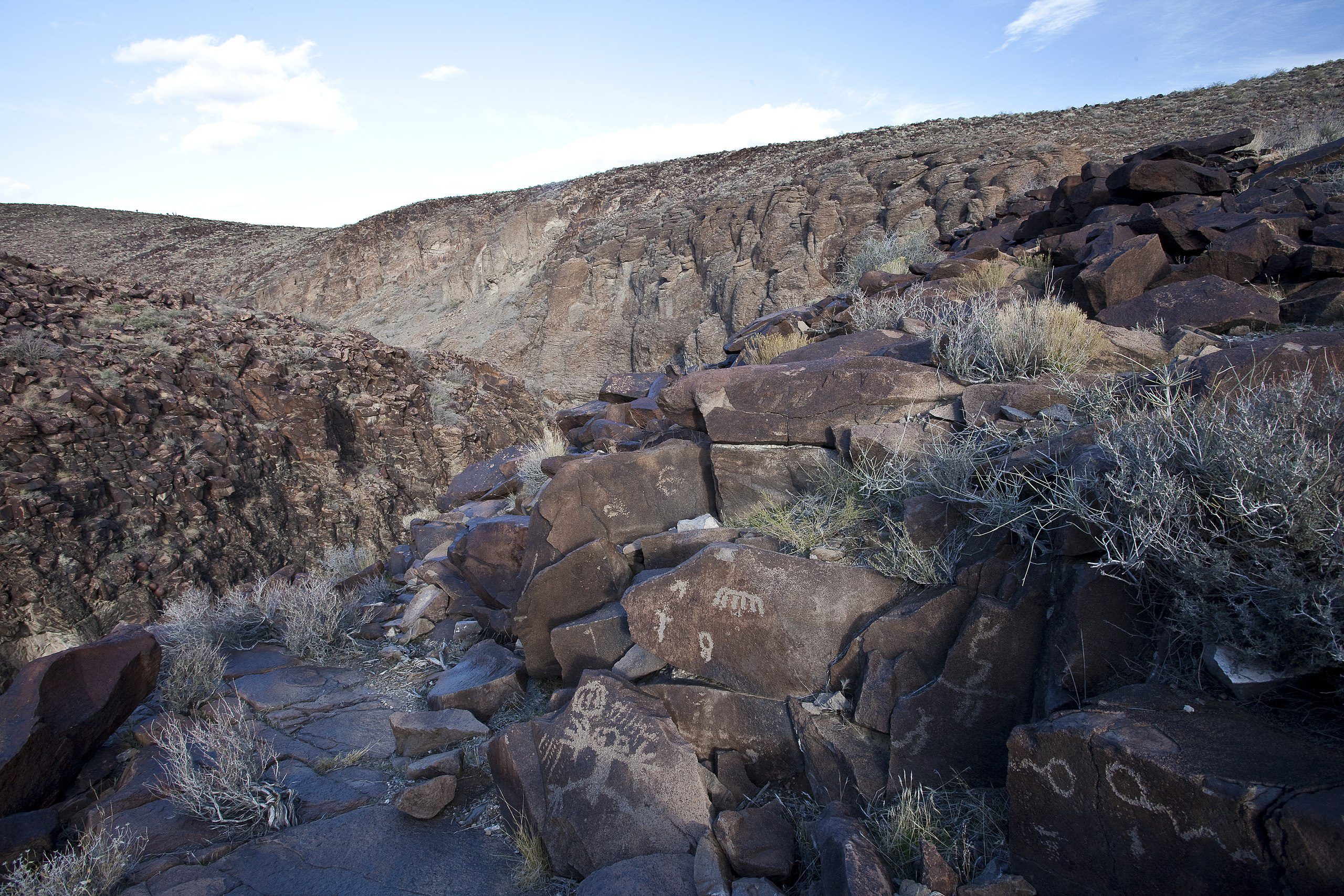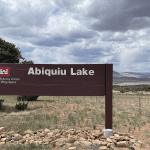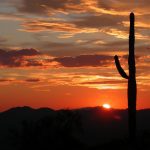- The Nevada Irrigation District measured an 87% average snowpack.
- A new legislative proposal would protect Southern Nevada’s water supply.
- Growing concerns persist as the region’s reservoirs face drought challenges.
February 11, 2025 — Nevada’s water supplies are closely tied to snowfall in the mountains and reliable infrastructure that supports cities and rural areas alike. Recent reports show mixed conditions, from underperforming snowpack in parts of the West to shifting storage levels in major reservoirs like Lake Mead. Stakeholders throughout the Southwest continue to discuss how to secure water amid a changing climate and the complexities of the Colorado River system.
NID Snow Survey and Reservoir Storage.
On Feb. 4, 2025, the Nevada Irrigation District (NID) announced results of its first snow survey of the year, which showed the snowpack at 87 percent of average before an approaching winter storm. According to NID’s Water Resources Superintendent Thor Larsen , “A dry January brought precipitation totals below average and resulted in a below average snowpack for the first snow survey of the year.” Despite the lower numbers in January, he explained that “Reservoir storage remains high and continues to increase with the early February storms.”
, “A dry January brought precipitation totals below average and resulted in a below average snowpack for the first snow survey of the year.” Despite the lower numbers in January, he explained that “Reservoir storage remains high and continues to increase with the early February storms.”
Measurements in late January revealed an average of 20.3 inches of water content in the snowpack, gathered from snow courses at elevations ranging from 5,650 feet to 7,800 feet. At the time, reservoir storage stood at 209,563 acre-feet—78 percent of capacity, or 107 percent of the average for the date. Larsen noted, “Rollins and Scotts Flat reservoirs have completely recovered from their low end-of-season levels that were a result of the Drum/Spaulding outage.”
Legislation for Southern Nevada’s Water Security
Also on Feb. 4, 2025, Congresswoman Dina Titus (NV-1) introduced the Sloan Canyon Conservation and Lateral Pipeline Act . The bill would authorize part of the Southern Nevada Water Authority’s Horizon Lateral water pipeline to run beneath Sloan Canyon National Conservation Area (NCA). This approach is designed to bolster water reliability for over one million residents in Southern Nevada while minimizing disruptions to local communities and the environment.
. The bill would authorize part of the Southern Nevada Water Authority’s Horizon Lateral water pipeline to run beneath Sloan Canyon National Conservation Area (NCA). This approach is designed to bolster water reliability for over one million residents in Southern Nevada while minimizing disruptions to local communities and the environment.
The legislation would add 9,290 acres to the Sloan Canyon NCA. Congresswoman Titus highlighted its importance, stating , “Southern Nevada is the epicenter of the climate crisis with rising temperatures and dwindling water resources. The Horizon Lateral pipeline will protect water access for District One residents and businesses while also preserving more of our state’s unique landscapes and habitat.” John Ensminger, General Manager of the Southern Nevada Water Authority, underscored its significance by saying
, “Southern Nevada is the epicenter of the climate crisis with rising temperatures and dwindling water resources. The Horizon Lateral pipeline will protect water access for District One residents and businesses while also preserving more of our state’s unique landscapes and habitat.” John Ensminger, General Manager of the Southern Nevada Water Authority, underscored its significance by saying , “This legislation increases water service reliability for more than one million residents and hundreds of businesses in Southern Nevada, helping ensure the long-term viability of our regional water system while also expanding and protecting environmental resources for our community.”
, “This legislation increases water service reliability for more than one million residents and hundreds of businesses in Southern Nevada, helping ensure the long-term viability of our regional water system while also expanding and protecting environmental resources for our community.”
In addition to providing potential cost savings estimated at $200 million, the underground route beneath Sloan Canyon NCA would help maintain service in emergencies and accommodate future growth.
Colorado River Issues Loom.
Water officials and regional leaders remain watchful as the Southwest contends with limited precipitation and ongoing negotiations about the Colorado River . The data from recent surveys and legislative efforts to reinforce infrastructure show the region’s focus on addressing drought conditions and protecting valuable resources for Nevadans well into the future.
. The data from recent surveys and legislative efforts to reinforce infrastructure show the region’s focus on addressing drought conditions and protecting valuable resources for Nevadans well into the future.
~~~
Image:
Sloan Canyon National Conservation Area ’s 48,438 acres provide peace and solitude for those who visit the unique scenic and geologic features and extraordinary cultural resources. Surroundings can vary from lowland dry lake beds to volcanic rock peaks reaching more than 5,000 feet.
’s 48,438 acres provide peace and solitude for those who visit the unique scenic and geologic features and extraordinary cultural resources. Surroundings can vary from lowland dry lake beds to volcanic rock peaks reaching more than 5,000 feet.
The centerpiece of the area is the Sloan Canyon Petroglyph Site, one of the most significant cultural resources in Southern Nevada. Archeologists believe the more than 300 rock art panels with 1,700 individual design elements were created by native cultures from the Archaic to historic era.
The North McCullough Wilderness is located with Sloan Canyon National Conservation Area and rules that apply in this wilderness are the same in all congressionally-mandated wilderness areas. Mechanized/motorized travel is not allowed, but activities such as hiking, horseback riding, and wildlife watching are encouraged. All vehicles, including mountain bikes, are prohibited within the wilderness boundary. Only hiking is encouraged in the Sloan Canyon Petroglyph Area.
Source, Sloan Canyon NCA, Bureau of Land Management, February 2010. Licensed under the Creative Commons Attribution 2.0 Generic license.





Leave a Reply